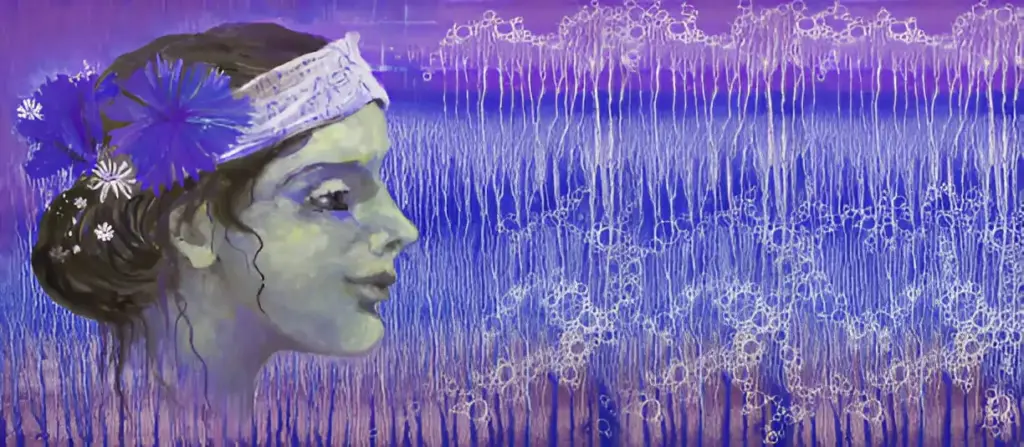Impressionism, a revolutionary art movement that emerged in the late 19th century, is renowned for its vibrant colors, innovative techniques, and emphasis on capturing the fleeting moments of everyday life. Among its many contributions to the art world, group portraiture stands out as a unique lens through which we can explore the psychology of social interactions. One of the most iconic examples of this genre is Pierre-Auguste Renoir’s “Luncheon of the Boating Party.” This masterpiece not only showcases the artist’s technical prowess but also provides a rich tapestry of social dynamics and relationships. By examining the psychology of group portraiture in Impressionism, we can gain deeper insights into the human condition and the ways in which individuals interact within a social context.
Capturing the Moment
Impressionist artists were particularly interested in capturing the spontaneity and transience of life. Unlike the rigid and formal compositions of earlier periods, Impressionist group portraits often depicted candid moments, as if the viewer were a silent observer of a lively scene. In “Luncheon of the Boating Party,” Renoir masterfully captures a moment of leisure and camaraderie. The figures are engaged in various activities—talking, drinking, and contemplating—each absorbed in their own world while still being part of the larger group. This depiction of a seemingly ordinary moment reveals much about the nature of social interactions and the complexity of human relationships.
The Role of Body Language and Expression
Body language and facial expressions play a crucial role in Impressionist group portraiture. Renoir’s “Luncheon of the Boating Party” is a prime example of how subtle gestures and expressions can convey a wealth of information about the individuals and their interactions. The characters in the painting are arranged in a manner that suggests movement and interaction. Some lean towards each other in animated conversation, while others appear more introspective, gazing off into the distance. These variations in posture and expression provide clues about the relationships between the characters and their emotional states.
The psychology behind these interactions can be understood through the lens of social psychology, which studies how individuals perceive and are influenced by others. In group settings, people often adopt roles and behaviors that reflect their social identity and relationships. Renoir’s painting captures these dynamics beautifully, illustrating how individuals navigate social spaces and connect with one another.
Social Identity and Group Dynamics
Group portraiture in Impressionism also sheds light on the concept of social identity—the way individuals define themselves in relation to the groups they belong to. “Luncheon of the Boating Party” features a diverse cast of characters from different walks of life, including artists, writers, and actors. This eclectic mix reflects the social milieu of late 19th-century Paris, where people from various backgrounds would often come together in social gatherings.
The interactions between these characters can be analyzed using theories of group dynamics, which explore how individuals behave in group settings. For example, the painting illustrates the concept of social facilitation, where the presence of others can enhance an individual’s performance or behavior. The lively atmosphere of the luncheon, with its animated conversations and laughter, suggests that the individuals are influenced by the group’s energy and mood.
The Significance of Setting
The setting of a group portrait can also provide valuable insights into the psychology of social interactions. In “Luncheon of the Boating Party,” the setting is a balcony overlooking the Seine River, a popular spot for leisure and recreation. The relaxed and informal environment contributes to the overall mood of the painting, encouraging spontaneous and genuine interactions.
The choice of setting reflects the Impressionist emphasis on capturing modern life and its many facets. By placing their subjects in everyday environments, Impressionist artists like Renoir were able to explore the nuances of human behavior and relationships in a way that traditional studio portraits could not. The outdoor setting of the luncheon not only adds to the visual appeal of the painting but also enhances the authenticity of the depicted interactions.
The Legacy of Impressionist Group Portraiture
The impact of Impressionist group portraiture extends beyond the art world, influencing our understanding of social interactions and group dynamics. By portraying individuals in naturalistic and relatable contexts, artists like Renoir have provided a window into the human psyche. Their work continues to inspire and inform contemporary discussions on the nature of social behavior and relationships.
Today, museum-quality reproduction of “Luncheon Of The Boating Party” by Pierre Auguste Renoir can be found in various collections, allowing new generations to appreciate and analyze these timeless social dynamics. These reproductions serve as valuable tools for both art enthusiasts and psychologists, offering insights into the interplay between individual identity and group affiliation.
Conclusion
The psychology of group portraiture in Impressionism, as exemplified by Pierre-Auguste Renoir’s “Luncheon of the Boating Party,” offers a fascinating glimpse into the complexities of social interactions. Through careful observation of body language, expressions, and settings, we can uncover the underlying dynamics that shape human relationships. Impressionist artists’ ability to capture the essence of these interactions continues to resonate, providing timeless lessons on the nature of social behavior. For those interested in delving deeper into these dynamics, a museum-quality reproduction of “Luncheon Of The Boating Party” by Pierre Auguste Renoir serves as an excellent resource, bridging the gap between art and psychology.
